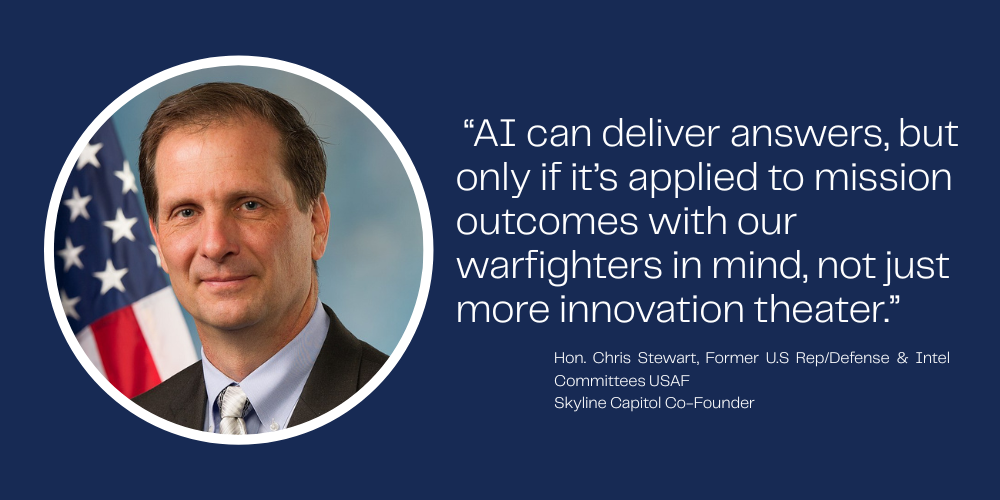Financial services organizations are sitting on more valuable data than they know what to do with…or manage and explore. Traditional analytics tools, like BI dashboards and 2D graphs, just aren’t up to the task of clearly explaining all that’s going on within their complex datasets. With stiff and growing competition from fintech, neobanks, and other new entrants, it’s no longer enough for those in financial services to use data analysis just to understand past performance. Strategic advantage, and maybe even survival, depends on companies adopting solutions that allow them to react in real-time and hone in on future customer and user behavior.
Intelligent Exploration is our AI-driven and AI-guided solution to data analysis that empowers analysts to overcome the obstacles in the way of success. Let’s consider how Intelligent Exploration could help teams address some common pain points in financial services.
1. Intelligent Exploration helps teams detect and counter fraud fast
Debit card skimming increased by 368% in 2022 year over year, at a cost of $1B to everyone from food stamp recipients to global banking institutions. Thieves are resourceful innovators, so this type of fraud will likely continue to grow.
Banks, credit monitors, credit card companies, and others can use Intelligent Exploration of big data to rapidly detect card shimming and skimming. Say a credit card issuer wants to detect and predict risk factors. By exploring and analyzing their enormous, dynamic, complex data lake our AI algorithms can identify subtle, recurring patterns and define communities that humans can’t spot due to scale.
Cardholders might be grouped into segments based on geolocation, the type of merchants they visit, education level, or demographics. Or, analysts could look at the problem through a transactional lens, at dimensions like time of day, type of device used to make a purchase, amount, and typical purchase frequency.
Intelligent Exploration improves on existing fraud monitoring methods by making these patterns visible and clear in intuitive, data visualizations (such as Knowledge Graphs and 3D network graphs) so that teams can consider preventative actions that may be taken. Analysts can also leverage AI to frame questions in plain language, allowing AI to do the searching without any external factors (like bias) that could skew findings.
A query could be “What drives card skimming?” to produce a ranked list of the factors driving whether or not a merchant will be targeted with a skimming device. Outputs can be automatically packaged into illustrated, clear reports that tell the story of the risks—and point decision-makers in the direction of the most effective anti-fraud efforts.
2. Detecting and plugging data breaches faster
The average time to identify and contain a data breach is 277 days according to IBM, and the cost of data blindness can be very painful: Statista estimates the average cost of a data breach in the financial industry worldwide is nearly $6M. But Intelligent Exploration using AI to search through complex data stands to dramatically shorten this cycle, thus reducing cost and risk.
AI is really good at picking up on anomalies that exist in large data streams from different sources, helping analysts quickly pinpoint the root cause of a security breach. Explainable AI can take outputs and insights, including recommendations on next-best actions, and deliver them in intuitive graphics and clear text that build stakeholder confidence and speed up decision-making.
It’s also a big plus in helping organizations keep current on emerging threats. This requires continuous analysis of multivariate, external data sources (social media, threat intelligence feeds, public forums), a true flood of data. The insights are in there somewhere. Intelligent exploration lets analysts find and graph them, making them actionable.
3. Improving client retention in financial services
Today, it’s seamless and convenient experiences or bust for financial services companies. Customers expect this whether they’re making payments, applying for a loan, or opening a bank account. AI-guided data exploration can provide vital intelligence on customer behavior, needs, and preferences and then help decision makers prioritize how to respond.
For instance, a financial advisory firm could track and report on sustainability initiatives that are of growing importance for younger customers who want to do business with purpose-driven companies. Or, financial firms could jump on new product opportunities quickly with predictive analytics, define highly accurate customer segments, identify sales leads or best marketing channels, or discover how to improve a process that is causing customer dissatisfaction.
AI data exploration means competitive advantages for financial services
Competition is fierce in the data-intensive financial sector. Payment processors like PayPal and Square and options from big tech companies (Apple Pay, Google Pay, Amazon Pay) are encroaching on the online payment business, allowing customers to send and receive payments outside of traditional bank accounts. Digital-only banks with low overhead can offer higher interest rates on savings accounts and lower fees. Peer-to-peer lending platforms like LendingClub and Prosper let borrowers bypass traditional banks. Even the relationship-heavy investment advice and management business isn’t immune to all the disruption, with automation getting traction.
Agility and innovation are required. Intelligent exploration with AI can help financial services firms meet the moment. Such cloud-based data analysis can integrate with legacy systems. It allows analysts to corral all the data coming at them, assess its relevance, and report on it in ways that make findings clear. For better decisions that improve financial companies’ competitive position.
Learn more about AI-driven data analysis in our Intelligent Exploration E-Book






